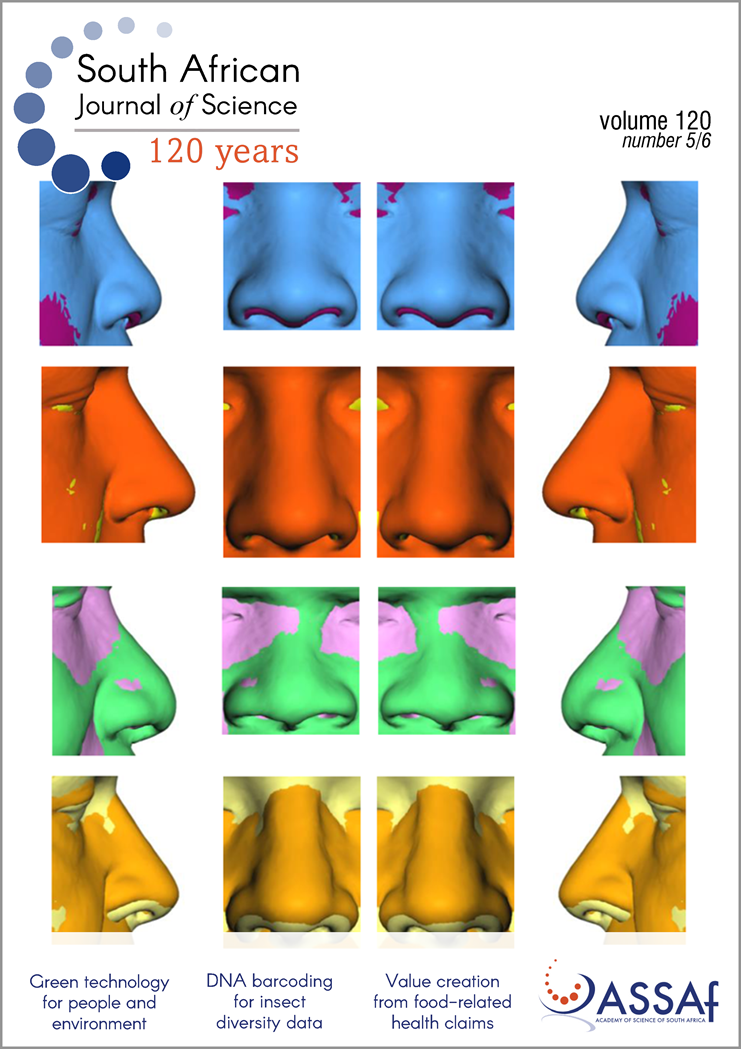The end of the beginning: Establishing isiZulu names for all bird species recorded in South Africa
DOI:
https://doi.org/10.17159/sajs.2024/16184Keywords:
bird names, indigenous African languages, South African birds, terminology development, isiZulu nomenclatureAbstract
Terminology development is needed for effective science communication, planning, teaching, and learning in indigenous African languages. This need includes species-specific names in indigenous languages for wild birds, which are key indicators of biodiversity and the state of the environment. We report here the successful allocation of isiZulu names to all South African bird species, focusing on the final phase of naming species that are unknown or rare in KwaZulu-Natal Province (traditional home of the Zulu people) and thus have no indigenous naming history. We applied principles and procedures used previously for naming species known in KwaZulu-Natal: (1) reference to early bird books, dictionaries and other literature; (2) in-person workshops that included isiZulu language academics, professional Zulu bird guides, and birders; and (3) linguistic strategies to apply Zulu folk taxonomy to scientific ordering of species. At a three-day in-person workshop, we named 327 species unknown or vagrant in KwaZulu-Natal. Much time was spent on allocating cluster names to locally unfamiliar bird groupings such as tropicbirds, gadfly petrels, sandgrouse, and wheatears. The most frequent linguistic strategy was coinage by extension, where previously established isiZulu cluster names, for example ujolwane for ‘sparrow’, were extended by species qualifiers, as in ujolwanomkhulu (sparrow that is great) for Great Sparrow (Passer motitensis). True coinage was also used, as in unothingo (‘rainbow’) for African Pitta (Pitta angolensis). The resulting catalogue of isiZulu names for all 876 South African species completes the terminology development phase to facilitate engagement of isiZulu in science and conservation involving birds.
Significance:
- In an inclusive, stepwise and evaluative process, isiZulu names have been allocated to all wild bird species occurring in South Africa.
- A template is provided for naming bird species in southern African indigenous languages, using established indigenous names and coined names.
- Matters of biodiversity conservation involving birds can now be better communicated in isiZulu, with benefit to the environment and human communities.
Additional Files
Published
Issue
Section
License

All articles are published under a Creative Commons Attribution 4.0 International Licence
Copyright is retained by the authors. Readers are welcome to reproduce, share and adapt the content without permission provided the source is attributed.
Disclaimer: The publisher and editors accept no responsibility for statements made by the authors
How to Cite
- Abstract 1939
- PDF 236
- EPUB 792
- XML 392
- Peer review history 33













.png)